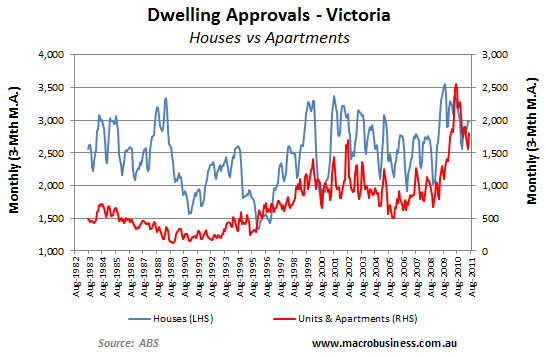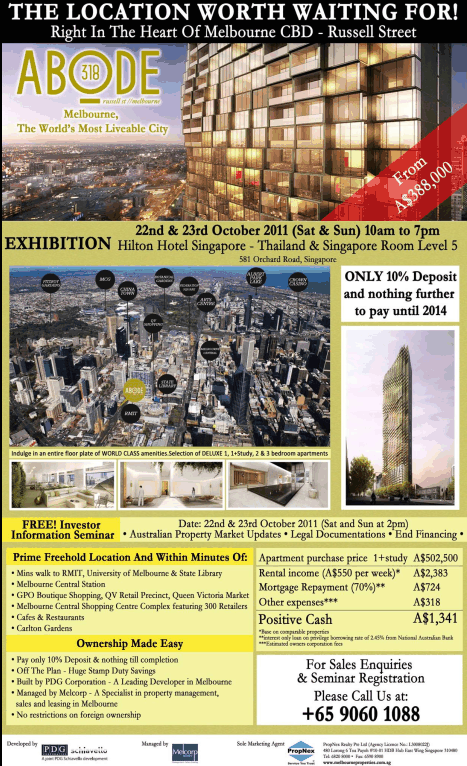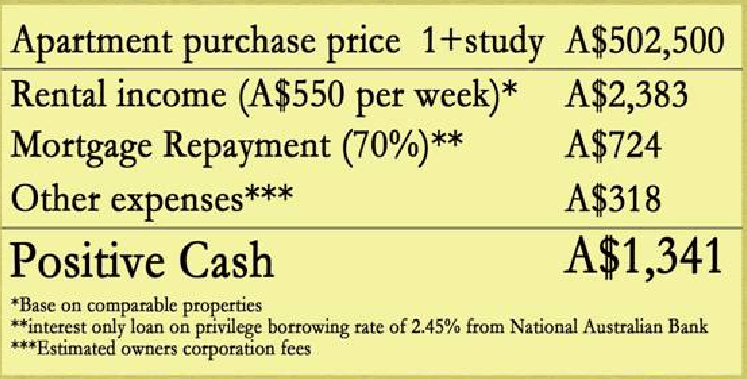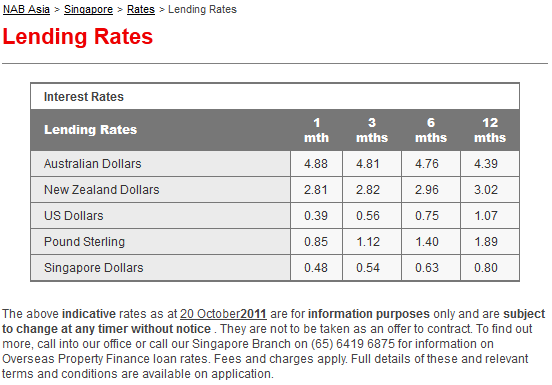Last week’s Melbourne Housing Valuation Report provided extensive evidence of the housing construction boom currently taking place in Melbourne which, in the face of falling population growth, risks tipping the city into oversupply, putting additional downward pressure on both prices and rents.
The area that is experiencing the greatest construction boom is inner-city apartments, which are tracking near record high levels. The evidence of the surge of apartment building is there for all to see – take a drive along any major road within a 15 kilometre radius of Melbourne’s central business district (CBD) and you are bound to notice a significant number of apartments under construction.
But for the statistically minded, and readers located outside of Melbourne, the proof is in the below chart, extracted from last week’s Melbourne Housing Valuation Report, showing the surge of apartment approvals:

With Melbourne’s population growth now falling, the question beckons as to who is going to purchase the flood of new apartments scheduled to hit the market at current (mostly exorbitant) asking prices? Certainly, the level of domestic demand is currently insufficient to clear the market, as evidenced by the surge of homes for sale in Melbourne.
One potential source of buyers being tapped by the real estate industry are foreigners who, under the current Foreign Investment Review Board rules, are entitled to purchase new (‘off-the-plan’) dwellings virtually unimpeded.
An example of the type of Melbourne apartments being marketed overseas has been provided by reader, Andrew, who has sent the following ad from the Singapore MSM, the Straights Times. Similar ads are likely being run for Sydney and Brisbane property not just in Singapore, but also Hong Kong, Malaysia, China, amongst other countries.

The part of the ad that I find most interesting is the indicative example showing the large positive cash flow available from these apartment investments:

To me, this example appears to significantly overstate the potential returns.
First, a quick search of RealEstate.com for 1+ bedroom apartments suggests that an investor would be pushing to receive $450 rent per week for such an apartment, not $550.
Second, and most importantly, the interest rate used in the example – 2.45% from National Australia Bank (NAB) – appears ridiculously low. While it is true that Singaporean mortgage interest rates are far lower than Australia’s, it seems hard to believe that the NAB would be willing to lend in Australian dollars at 2.45% on marginal, highly risky Melbourne property when its own website advertises much higher rates (see below table).

Finally, the 30% deposit figure used in the example – equivalent to around $151,000 – appears excessive and acts to inflate the indicative cash return. For example, if a 20% deposit was used instead, the mortgage payment would be at least $100 per month higher.
I have been told previously that after the GFC, the banks suffered a mini-run by internationally based buyers who abandoned deposits on yet to be built apartments. And that they subsequently reduced the weighting of foreign buyers permitted for any development. I wonder if those conditions have eased once more.
Foreign ownership has long been used as a scapegoat for Australia’s expensive housing and the market’s overall resilience to a downturn. While foreign property purchases is probably one factor keeping prices high (or at least mitigating price falls), I am unsure of the extent of this effect.
Therefore, I am hoping that readers can fill in the blanks via the comments feed. Alternatively, evidence of foreign marketing campaigns, large-scale sales, bank restrictions etc. can be emailed to me at the below email address.

